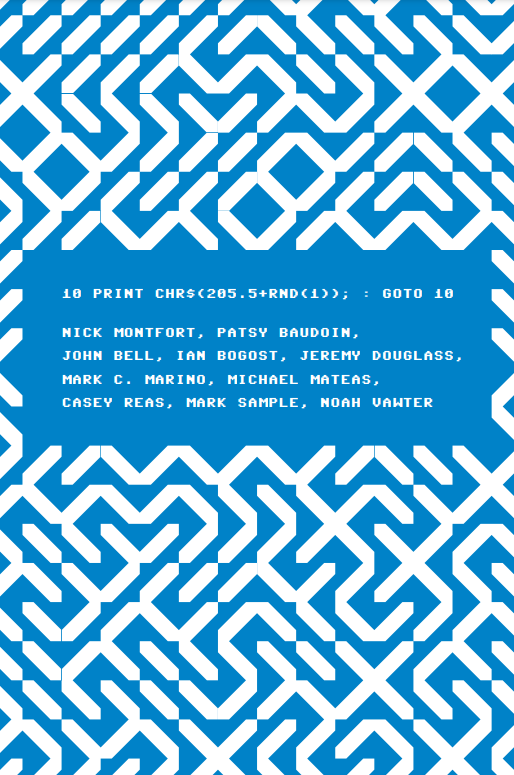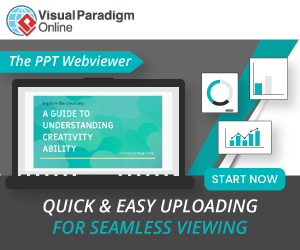Software is deeply woven into contemporary life—economically, culturally, creatively, politically—in manners both obvious and nearly invisible. Yet while much is written about how software is used, and the activities that it supports and shapes, thinking about software itself has remained largely technical for much of its history. Increasingly, however, artists, scientists, engineers, hackers, designers, and scholars in the humanities and social sciences are finding that for the questions they face, and the things they need to build, an expanded understanding of software is necessary. For such understanding they can call upon a strand of texts in the history of computing and new media, they can take part in the rich implicit culture of software, and they can also take part in the development of an emerging, fundamentally transdisciplinary, computational literacy. These provide the foundation for software studies.
Software studies uses and develops cultural, theoretical, and practiceoriented approaches to make critical, historical, and experimental accounts of (and interventions via) the objects and processes of software. The field engages and contributes to the research of computer scientists, the work of software designers and engineers, and the creations of software artists. It tracks how software is substantially integrated into the processes of contemporary culture and society, reformulating processes, ideas, institutions, and cultural objects around their closeness to algorithmic and formal description and action. Software studies proposes histories of computational cultures and works with the intellectual resources of computing to develop reflexive thinking about its entanglements and possibilities. It does this both in the scholarly modes of the humanities and social sciences and in the software creation and research modes of computer science, the arts, and design.
The Software Studies book series, published by the MIT Press, aims to publish the best new work in a critical and experimental field that is at once culturally and technically literate, reflecting the reality of today’s software culture.
Computer programs process and display critical data, facilitate communication, monitor and report on sensor networks, and shoot down incoming missiles. But computer code is not merely functional. Code is a peculiar kind of text, written, maintained, and modified by programmers to make a machine operate. It is a text nonetheless, with many of the properties of more familiar documents. Code is not purely abstract and mathematical; it has significant social, political, and aesthetic dimensions. The way in which code connects to culture, affecting it and being influenced by it, can be traced by examining the specifics of programs by reading the code itself attentively.
Like a diary from the forgotten past, computer code is embedded with stories of a program’s making, its purpose, its assumptions, and more. Every symbol within a program can help to illuminate these stories and open historical and critical lines of inquiry. Traditional wisdom might lead one to believe that learning to read code is a tedious, mathematical chore. Yet in the emerging methodologies of critical code studies, software studies, and platform studies, computer code is approached as a cultural text reflecting the history and social context of its creation. “Code . . . has been inscribed, programmed, written. It is conditioned and concretely historical,” new media theorist Rita Raley notes (2006). The source code of contemporary software is a point of entry in these fields into much larger discussions about technology and culture. It is quite possible, however, that the code with the most potential to incite critical interest from programmers, students, and scholars is that from earlier eras.
This book returns to a moment, the early 1980s, by focusing on a single line of code, a BASIC program that reads simply:
10 PRINT CHR$(205.5+RND(1)); : GOTO 10
One line of code, set to repeat endlessly, which will run until interrupted.
Programs that function exactly like this one were printed in a variety of sources in the early days of home computing, initially in the 1982 Commodore 64 User’s Guide, and later online, on the Web. (The published versions of the program are documented at the end of this book, in “Variants of 10 PRINT.”) This well-known one-liner from the 1980s was recalled by one of the book’s authors decades later, as discussed in “A Personal Memory of 10 PRINT” in the BASIC chapter. This program is not presented here as valuable because of its extreme popularity or influence. Rather, it serves as an example of an important but neglected type of programming practice and a gateway into a deeper understanding of how computing works in society and what the writing, reading, and execution of computer code mean.



